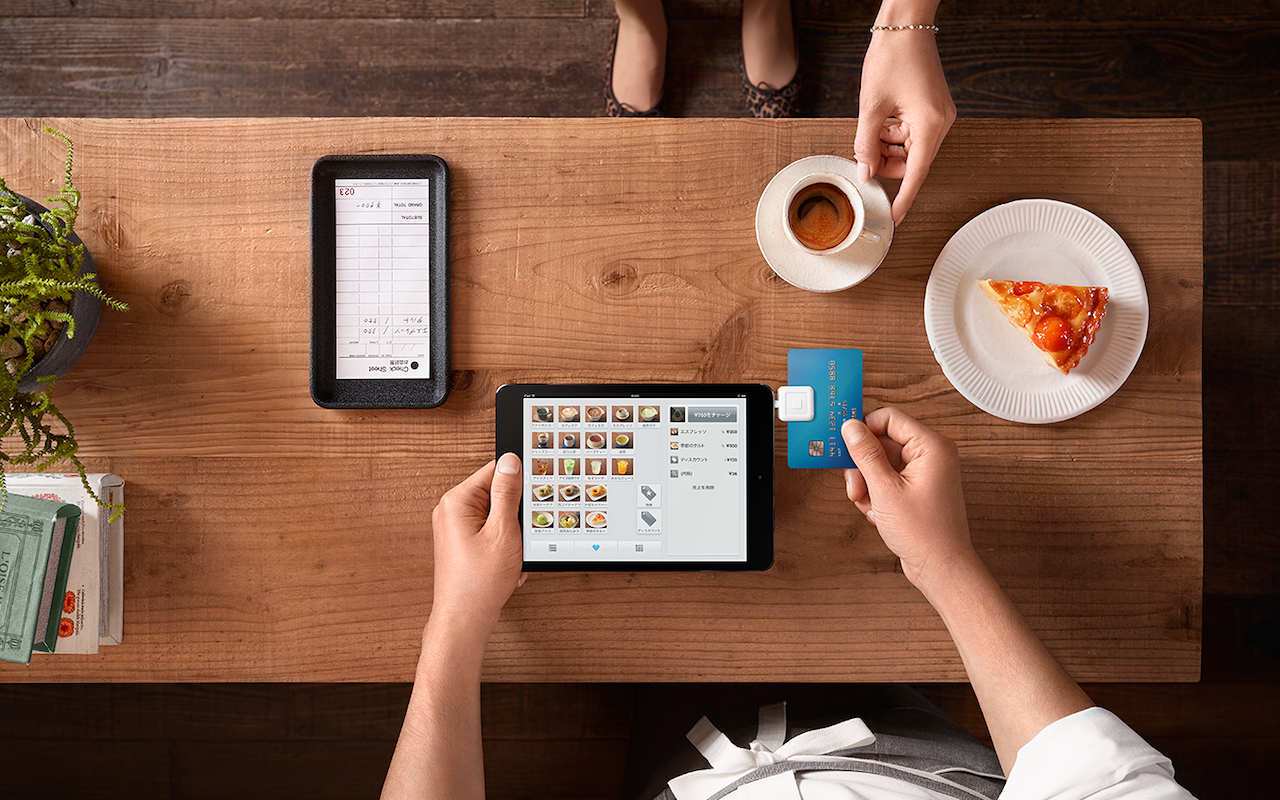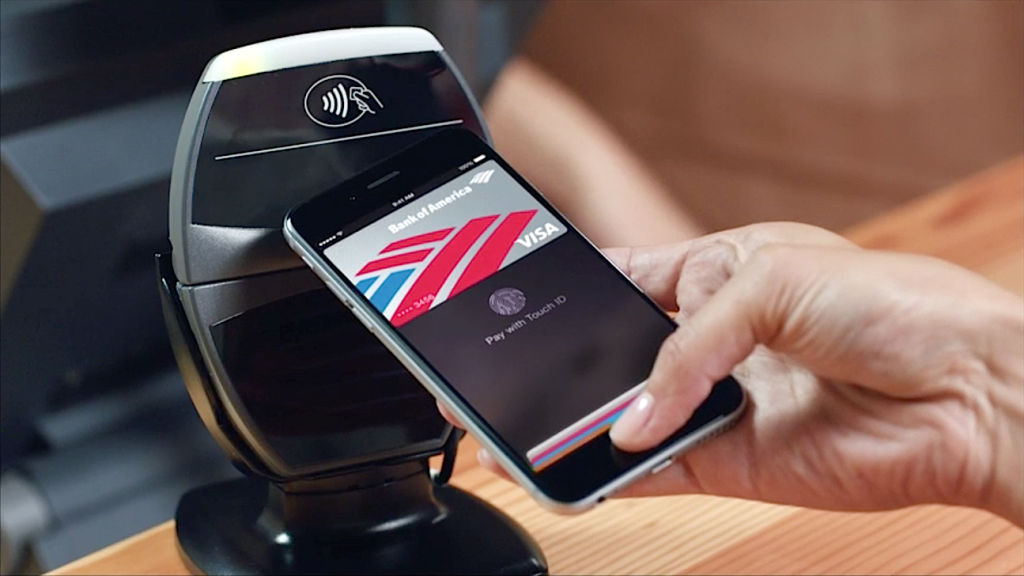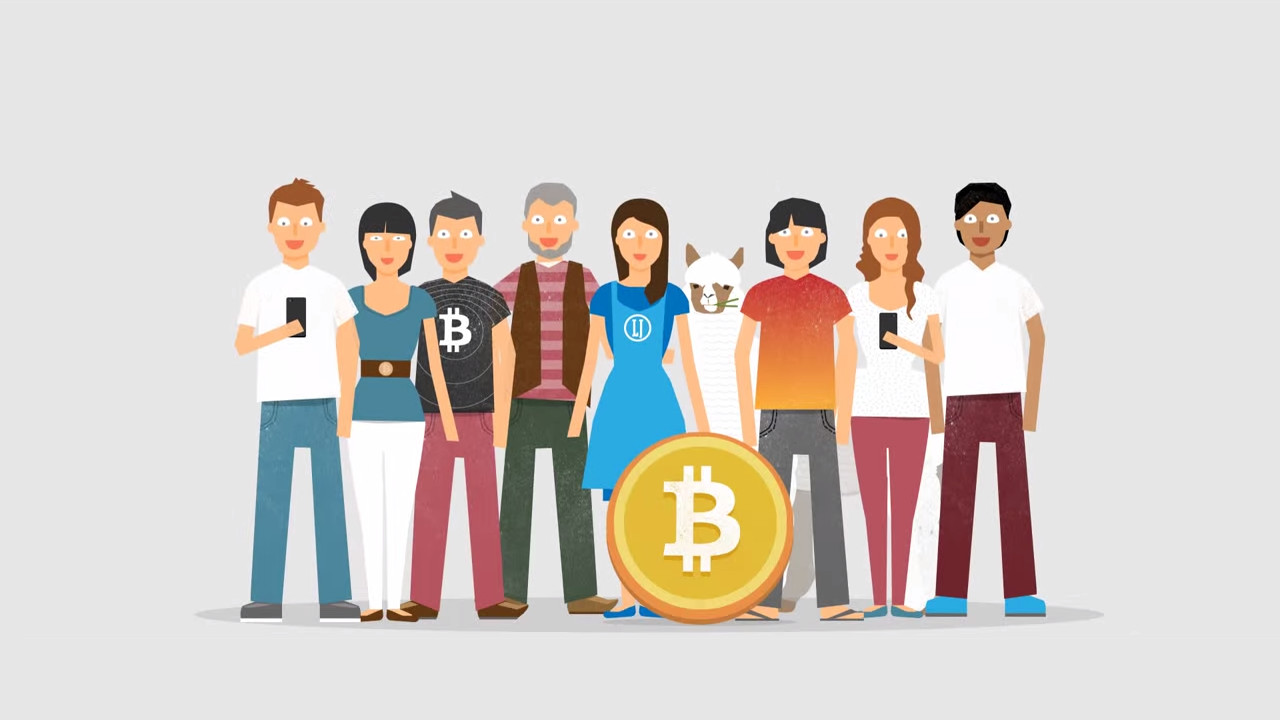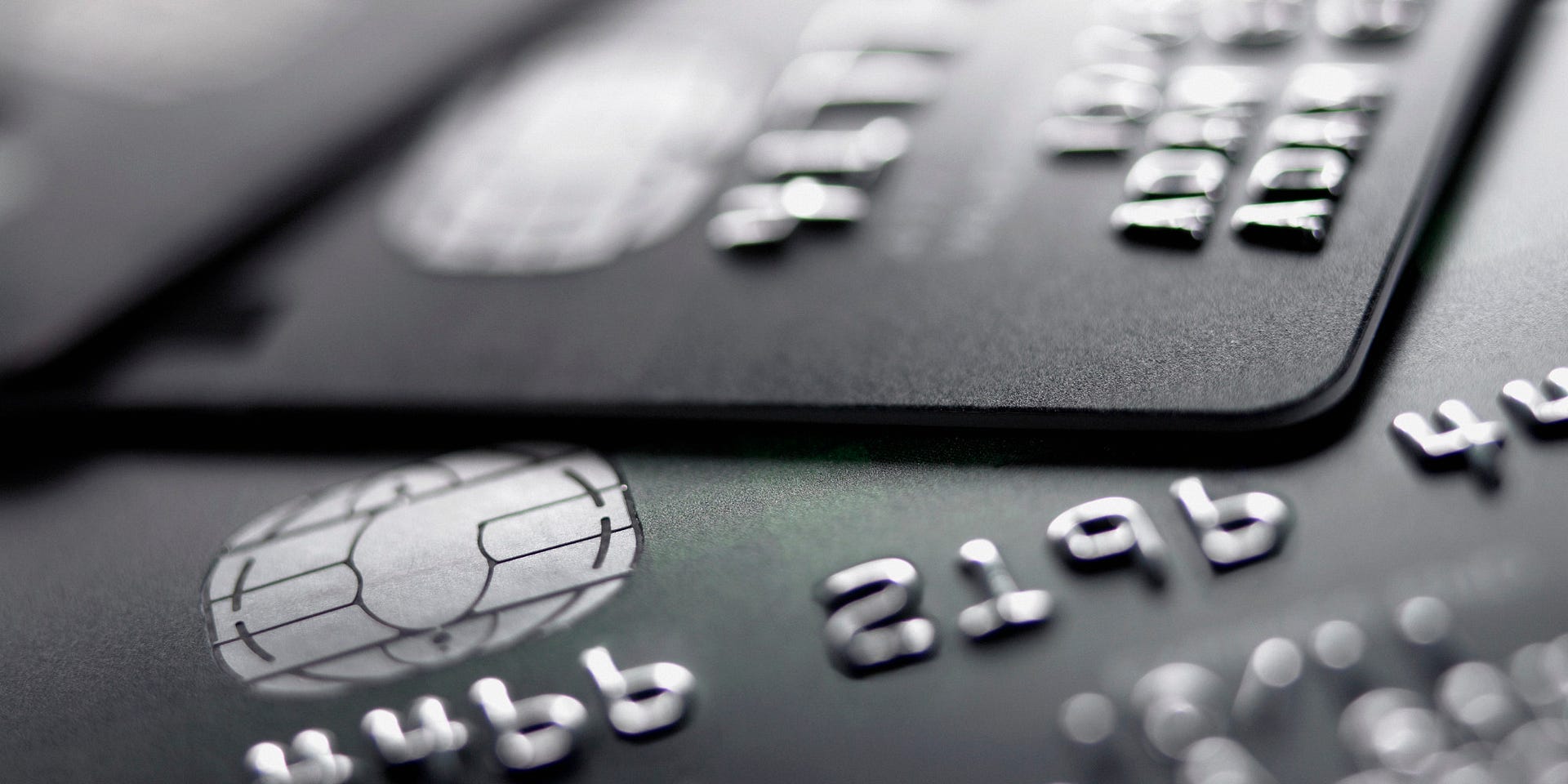
As we conclude our journey through the effects and types of mobile pay, our final blog will focus on the not too distant future of mobile pay: Amazon Go. Though at first it may appear to simply be a new retail store as opposed to an innovation in the market of mobile payments, this new Amazon creation is sure to have a massive impact in the market.
Amazon Go is essentially a series of proposed retail and grocery stores with no checkout lines and no waiting; you simply grab what you want and go1. As customers enter the store they scan their phones and the store’s computer system recognizes them by their Amazon account1. As the consumer shops, the store uses advanced camera technology and sensor techniques to identify the items the customer places in their bag, which is then automatically added to their digital check-out cart1. Finally, as the customer leaves the store, all products in their bag are automatically charged to their amazon account and paid for, no lines, no waiting, total convenience1. Worried the system might not always be able to tell what you picked up? If the scanning systems can’t identify which exact product you’ve grabbed, the computer uses a complex algorithm based on previous purchases and current cart contents to assume what product you picked up1. While this may seem a little too futuristic, it’s currently being beta tested in Seattle and the first stores are expected to open in 20181.

This approach by Amazon presents a whole new level of consumer convenience, and it shows in surveys. A survey conducted by YouGov found that Americans are willing to at least try this new store because of the convenience it offers and are confident that Amazon will charge them correctly every time2. Although there was some skepticism in the practicality of a store with no checkouts, with consumers believing that the store will introduce more problems for shoppers than it solves2, it is clear people are willing to try the model out as they see the convenience it offers.
At first glance this may seem unrelated to mobile pay, but it directly targets the payment market. Every customer who uses the store has one option to pay: Amazon3. No other form of mobile pay could be used in the stores and the fluid experience relies on Amazon integration. The web giant already controls a large market share of internet commerce and these stores will drive even more business through their transaction centre3. Some strategists suggest that Amazon’s ultimate goal is to prove the technology is viable and then license it to any and every store, effectively allowing them to reap the transactional benefit of every purchase in any store utilising the system3. This would allow Amazon to bypass competing on a platform or application basis with other mobile pay services (which they have tried with Amazon Pay), cutting out the need for any form of payment system that isn’t Amazon integrated3. Though it seems like a lofty goal, if they succeed it could mean total domination of the payment market and the revenue from that market.
While to many people this idea may seem far fetched, it poses a serious threat to the mobile pay market. Could this be a disruptive innovation that radically shakes up the mobile pay market, much like NFC and smartphone technology did to more traditional methods of payment? Only time will tell how much change this will create, but we could be looking at the dawn of a new era in payment methods.
Footnotes
1 Bishop, Todd. (2016, Dec 5). How ‘Amazon Go’ Works. GeekWire. Retrieved From http://www.geekwire.com/2016/amazon-go-works-technology-behind-online-retailers-groundbreaking-new-grocery-store/
2 Dunn, Jeff. (2016, Dec 13). If you feel uneasy about Amazon’s cashier-less grocery story, you’re not alone. Business Insider. Retrieved From http://www.businessinsider.com/amazon-go-consumer-doubt-survey-chart-2016-12
3 Melville, Andrew. (2017, Jan 20). Amazon Go is about Payments, not Grocery. Forbes. Retrieved From http://www.forbes.com/sites/groupthink/2017/01/20/amazon-go-is-about-payments-not-grocery/#20bc7a80498a








